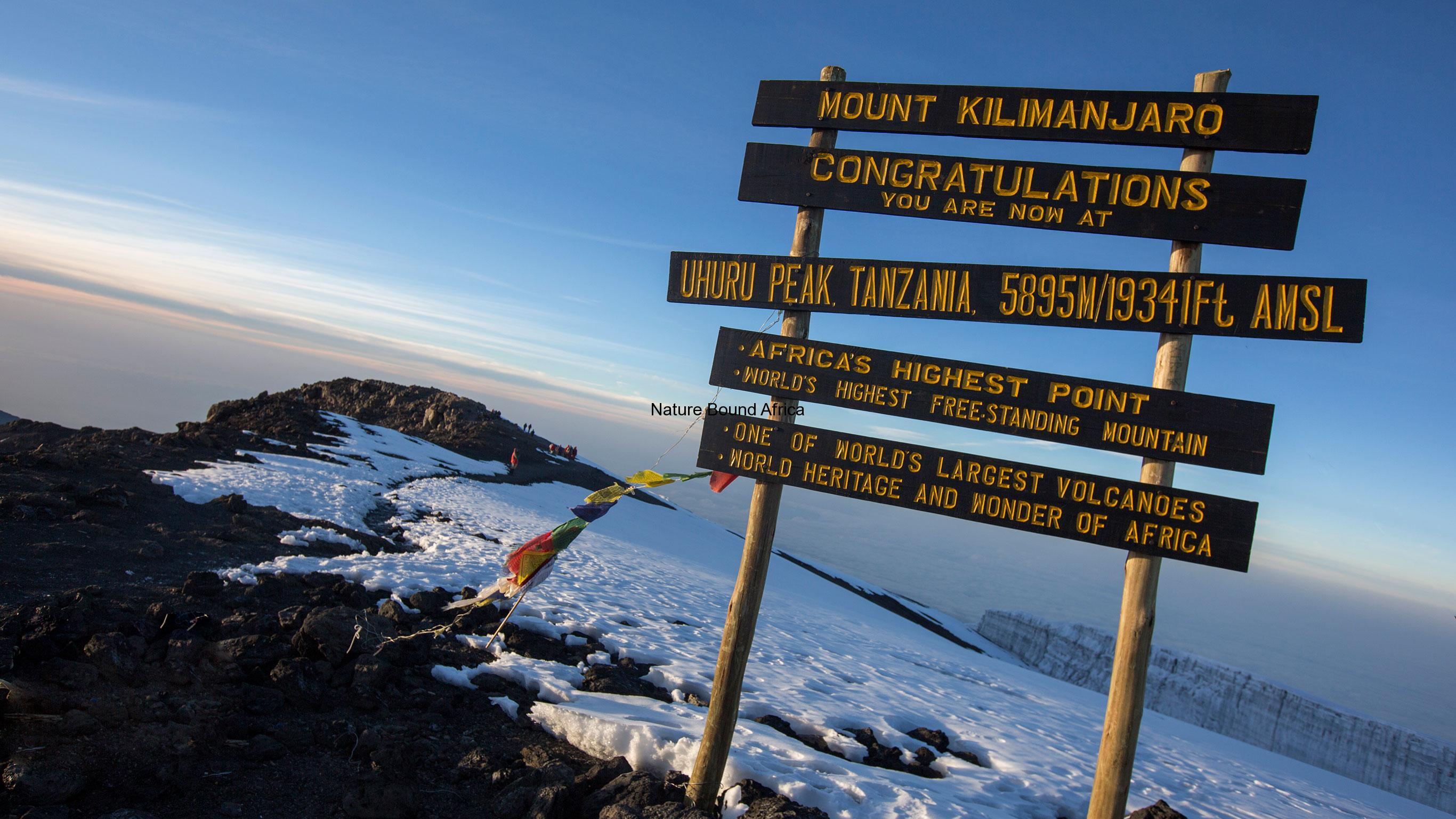Kilimanjaro is located in the northeast of Tanzania, on the border with Kenya. There is a popular myth of how the mountain became part of Tanzania, which at one time was part of the German Empire. Queen Victoria is supposed to have given the mountain to her German grandson Wilhelm (later, Kaiser Wilhelm II) as a birthday present. It is also said that the Germans had been grumbling about the flagrant injustice of losing a snow-covered mountain within their empire, while the Queen had two, and the second is Mount Kenya.

Although historians have discredited the myth, he has refused to forget and remains a recurring anecdote for many. Some anticolonial historians are filled with indignation, citing how the boundaries of East Africa were arbitrarily decided in the capitals of the imperial powers – not taking away their reason. For most people in the West, Kilimanjaro has long been associated with Ernest Hemingway for his 1936 account “The Snows of Kilimanjaro.” In 1952, Hollywood fascinated by the magic of the mountain that the book evokes, turned it into a film with Gregory Peck and Ava Gardner in leading roles.
Kilimanjaro is a young mountain, and geologists date it in only 750,000 years. The mountain is formed by three inactive volcanoes: Kibo (5,895m), Shira (3,962m) and Mawenzi (5,149m). Kibo occasionally belches some steam and sulfur. The highest point in Kibo is Uhuru Peak, where you can see some impressive glaciers and fantastic views of the country. Although Kilimanjaro is only three degrees south of the equator, the peaks of Kibo and Mawenzi are covered with ice and snow throughout the year. When the German missionary Johann Rebmann reported it in 1849, many educated people in Europe argued that a snowy mountain could be found at the equator. In this article I will explain complete guide for climbing Kilimanjaro read careful for best guide
Tips on what to bring (pack lightly)
-
- Toilet paper rolls (note the plural)
-
- Altitude sickness tablets (Diamox can help in the process of acclimatization, or Ginkgo Biloba for those who prefer herbal remedies)
-
- Imodium (treats diarrhea)
-
- Hiking boots that break in
-
- You can hire walking sticks from the door for a small fee
-
- Isotonic powders to mix with water
-
- Simple refreshments (mixed nuts / dried fruits, etc.)
- A variety of clothing suitable for sun / wind / rain and snow
Some Important Tips for climbing:
-
- Be kind to guides and porters – show interest in your culture by learning some basic words in Swahili. They adapt to their customs, why not attend to their own?
-
- Prepare to suffer from altitude sickness (investigate possible symptoms in advance to know how to fight it)
- Most importantly, as in any party or adventure, take many photos: this is a once-in-a-lifetime opportunity!
Necessary Equipment:
Your luggage should weigh a maximum of 15 kg and preferably be accommodated in a soft backpack (without wheels and hard structures) as it will still be placed inside a waterproof bag and carried up the mountain by the potter , the charger hired ( usually balanced on the head, like the old washerwomen). During the day, you will walk with a small backpack of attack with items like water and snacks. Any unwanted luggage or suitcase can be left at your hotel base in Moshi.
You will need to bring:
- Antibiotic ointment, anti-nausea medicine, headache remedy (aspirin is recommended as it also helps against mountain sickness), band aids, remedy for gastric discomfort such as Luftal and Buscopan (the first symptom of problems with the altitude) and Imodium against diarrhea.
-
- Hygiene / personal care items: sunscreen, cocoa butter (or equivalent) for lips, baby wipes (remember that in some camps there are no showers and no toilet paper) and shampoo / soap etc. in mini size, to decrease the weight loaded.
-
- For the head: sunglasses, cap for the cold, cap / hat for the sun, forehead torch for the climb to the peak (starts at night) and extra batteries for it.
-
- Local and calorie snacks to eat while walking (chocolate bars are great)
-
- Clothes: As the temperature fluctuates quite a lot in the mountain, it is good to take several layers and adjust (putting or taking out) gradually (thin and thick socks, lightweight trekking pants and thicker – maybe skiing – for the ascent to peak, when the temperature is -10 degrees C, light coats and other coarse etc.). In short, you will need a minimum of three warm layers for the upper body at night and for the climb to the summit.
-
- Windbreaker and waterproof (and another very warm for the summit, as mentioned above).
-
- More than to pairs of gloves in which some are thick and some are thin
-
- To sleep: sleeping bag (that adapts to the heat and intense cold), thick pantyhose to warm up at night.
- Other: plastic bags for everything you want it to be dry (very important because after something is wet, it does not dry, needing to be placed near the fire of the “kitchen”, leaving a strange smell), camera, dry towel (very useful), a penknife (always useful), a balaclava cap , a gaiters (a kind of waterproof polaine that protects the cinnamon and the boot from rocks and rain) / snow), hiking poles (essential for the descent and the ridge, when the knees are already exhausted!), toe warmers (packets or adhesives that when opened, chemically react by heating your foot, perfect for reaching the summit, when the temperature is around -10 oC) and raincoat.
